Home>Garden Essentials>What Are The Advantages Of Intercropping And Crop Rotation
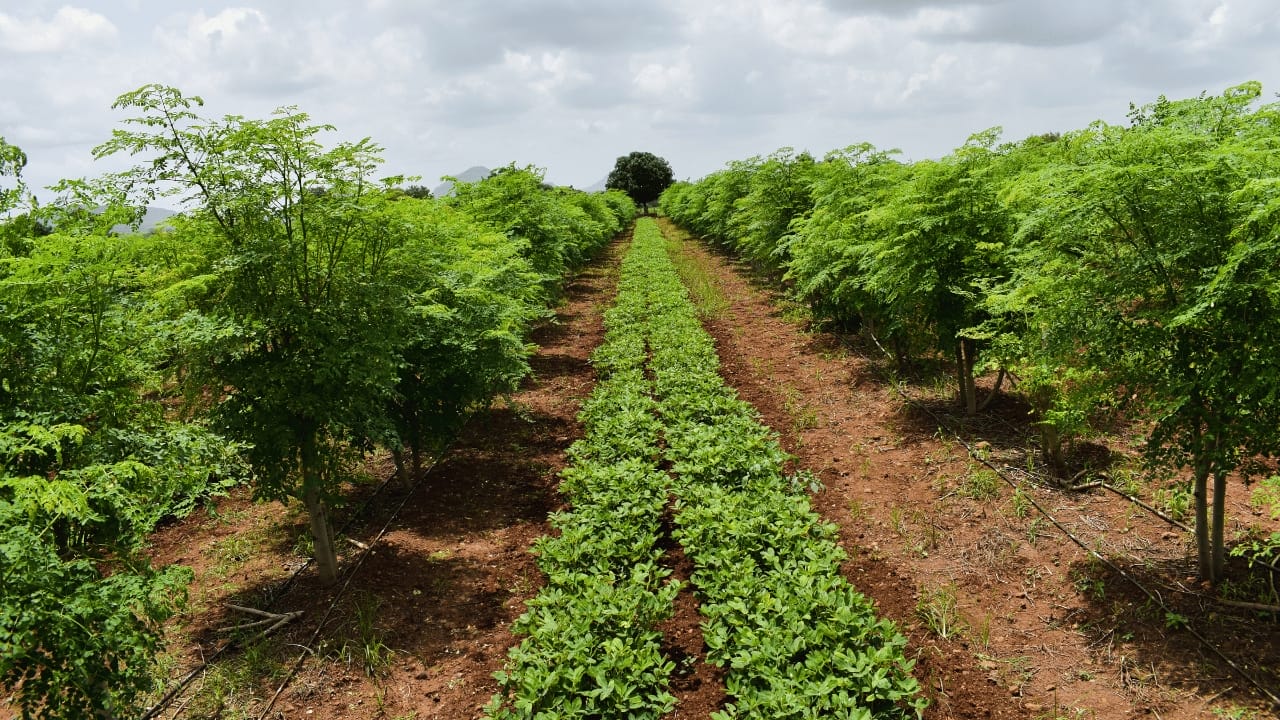

Garden Essentials
What Are The Advantages Of Intercropping And Crop Rotation
Modified: March 15, 2024
Discover the benefits of inter-cropping and crop rotation in your garden. Increase yield, control pests, and promote soil health for sustainable growth.
(Many of the links in this article redirect to a specific reviewed product. Your purchase of these products through affiliate links helps to generate commission for Storables.com, at no extra cost. Learn more)
Introduction
Gardening is a wonderful and rewarding activity that allows us to connect with nature and grow our own food. Whether you have a small backyard garden or a larger plot of land, optimizing the productivity and health of your plants is essential for a successful harvest. One strategy that can significantly enhance your gardening efforts is the practice of inter-cropping and crop rotation.
Inter-cropping and crop rotation are both methods used in agriculture and gardening to maximize yields, improve soil health, and control pests and diseases. These techniques have been used for centuries by farmers worldwide and have proven to be effective in increasing crop yield and sustainability.
With inter-cropping, different crops are grown together in the same area at the same time. This practice involves planting crops with complementary growth habits, root systems, and nutrient needs. On the other hand, crop rotation involves alternating the planting of different crops in the same area over different growing seasons.
Both inter-cropping and crop rotation offer numerous advantages that can lead to more productive and resilient gardens. In this article, we will explore the benefits of these methods and highlight their importance in sustainable gardening practices.
Key Takeaways:
- Inter-cropping and crop rotation help gardens and farms by increasing crop yield, managing pests and diseases, and improving soil health. They create a balanced ecosystem for healthy and abundant crops.
- By combining different crops and alternating plantings, inter-cropping and crop rotation optimize resource use, control pests, and promote biodiversity. These techniques lead to sustainable and resilient gardening and farming.
Read more: What Is Advantage Of Crop Rotation
Definition of Inter-Cropping and Crop Rotation
Inter-cropping, also known as mixed cropping or polyculture, is a technique where two or more crops are cultivated together in the same space at the same time. These crops can be selected based on their compatibility, with each crop providing specific benefits to the others. For example, planting nitrogen-fixing plants like legumes alongside nutrient-demanding crops can help enrich the soil with nitrogen.
Crop rotation, on the other hand, involves systematically changing the type of crop grown in a particular area over different growing seasons. This practice is based on the principle that different crops have different nutrient requirements and are susceptible to different pests and diseases. By rotating crops, farmers and gardeners can disrupt pest and disease life cycles, improve soil fertility, and reduce the risk of crop-specific issues.
Both inter-cropping and crop rotation are sustainable farming techniques that promote biodiversity, reduce reliance on chemical inputs, and provide a more holistic approach to plant health and productivity.
Inter-cropping allows for the efficient use of resources such as land, water, and sunlight. By growing multiple crops together, the available space is maximized, and the abundance of plant species can lead to increased biodiversity on the farm or in the garden. This diversity can attract beneficial insects, birds, and other organisms that help to control pests naturally.
Crop rotation, on the other hand, allows for the strategic management of pests, diseases, and weeds. Different crops have varying susceptibility to specific pests and diseases, and by rotating crops, the reproduction and survival of these pests and diseases can be disrupted. Additionally, certain crops have allelopathic properties, which means they release compounds that inhibit the growth of certain weeds.
Overall, inter-cropping and crop rotation are techniques that promote sustainability, reduce the risk of crop failure, and improve the overall health and productivity of gardens and farms. By understanding and implementing these practices, gardeners can create a more balanced and resilient ecosystem that supports the growth of healthy and abundant crops.
Advantages of Inter-Cropping
Inter-cropping, the practice of growing different crops together in the same area, offers several advantages that can significantly enhance the productivity and sustainability of your garden or farm.
- Increased crop yield: Inter-cropping can lead to increased crop yields compared to monoculture, where a single crop is grown in isolation. This is because the different crops can utilize resources more efficiently, reducing competition and ensuring a greater overall utilization of sunlight, water, and nutrients.
- Efficient land use: By inter-cropping, you can make the most of limited space. Different crops have varying growth habits, root structures, and nutrient requirements. By combining complementary crops, you can utilize vertical space and optimize soil utilization, making efficient use of your garden or farm.
- Weed suppression: Inter-cropping acts as a natural way to suppress weeds in your garden. Dense planting of different crops creates a canopy that shades the soil, limiting weed germination and growth. This reduces the reliance on synthetic herbicides, making your garden more environmentally friendly.
- Pest and disease management: Inter-cropping can help manage pests and diseases in your garden without relying solely on pesticides. Different crops have different pest vulnerabilities. By growing multiple crops together, pests and diseases that target one crop may be deterred by neighboring crops or attract natural predators that keep populations in check.
- Nutrient cycling and soil fertility improvement: Inter-cropping facilitates nutrient cycling in the soil. For example, leguminous plants fix nitrogen from the air and release it into the soil, benefiting neighboring plants. Additionally, crops with different root depths and structures can access and utilize nutrients from different soil layers, preventing nutrient depletion and improving soil fertility.
- Drought tolerance: Inter-cropping can enhance drought tolerance in your garden. By combining crops with different water requirements and root depths, the overall water use efficiency can be optimized. This means that even during periods of limited water availability, some crops may still thrive, reducing the risk of crop failure.
- Increased biodiversity: Growing multiple crops together promotes biodiversity in your garden or farm. This attracts a diverse range of beneficial insects, birds, and other organisms that can contribute to natural pest control. The presence of pollinators, such as bees and butterflies, can also boost fruit set and overall crop production.
Overall, inter-cropping is a valuable technique that can enhance crop yield, improve resource utilization, manage pests and diseases, enhance soil fertility, increase drought tolerance, and promote biodiversity in your garden or farm. By implementing inter-cropping practices, you can create a more sustainable and productive ecosystem that benefits both the plants and the environment.
Tip: Inter-cropping and crop rotation can help improve soil fertility, reduce pest and disease pressure, and increase overall crop yield. It also promotes biodiversity and can help with weed control.
Advantages of Crop Rotation
Crop rotation, the practice of alternating the crops planted in a specific area, offers several benefits that can improve the health and productivity of your garden or farm. By systematically changing the crops grown, you can effectively manage pests, diseases, weeds, and nutrient levels, while also promoting soil health and diversifying your crop selection.
- Pest control: Crop rotation helps control pests by disrupting their life cycles and reducing their populations. Different crops are susceptible to different pests, and by changing the crop planted in a particular area, you can disrupt the cycle of pests that target a specific crop. This reduces the need for chemical pesticides and minimizes the risk of pest outbreaks.
- Disease control: Crop rotation can effectively reduce the incidence and severity of diseases that affect your plants. Many plant diseases are soil-borne, and by rotating crops, you can break the disease cycle and prevent the buildup of pathogens in the soil. This reduces the need for fungicides and promotes healthier plant growth.
- Weed control: Crop rotation can help manage weeds naturally. Different crops have different allelopathic properties, meaning they release compounds that inhibit the growth of certain weeds. By rotating crops, you can suppress weed growth and reduce the need for herbicides, creating a more environmentally friendly garden or farm.
- Nutrient management: Crop rotation allows for better nutrient management in your garden or farm. Different crops have varying nutrient requirements, and by rotating crops, you can prevent the depletion of specific nutrients in the soil. For example, leguminous plants fix nitrogen from the atmosphere, enriching the soil for the following crop in the rotation. This reduces the need for synthetic fertilizers and promotes sustainable nutrient cycling.
- Soil health improvement: Crop rotation improves soil health by enhancing soil structure, fertility, and microbial activity. Different crops have different root structures and depths, which helps break up compacted soil, loosen it, and improve its water-holding capacity. Additionally, crop rotation can promote the growth of beneficial soil microbes, which contribute to nutrient cycling and organic matter decomposition.
- Enhanced crop productivity: Crop rotation can lead to enhanced crop productivity over time. By varying the crops grown in a particular area, you can optimize soil health, reduce pest and disease pressure, and improve nutrient availability. This results in healthier plants that are more resilient to environmental stresses, leading to higher yields and better-quality crops.
- Risk diversification: By implementing crop rotation, you reduce the risk of crop failure due to pests, diseases, or adverse weather conditions. If a particular crop in the rotation is affected by a pest or disease, the impact is limited to one part of the rotation, reducing the overall impact on the entire farm or garden. This spreads out the risk and provides a safety net for your agricultural endeavors.
By adopting crop rotation practices, you can effectively manage pests, diseases, weeds, and nutrients, while improving soil health and diversifying your crop selection. Crop rotation promotes sustainable and resilient farming practices, leading to healthier plants, higher yields, and long-term productivity in your garden or farm.
Comparison of Inter-Cropping and Crop Rotation
Both inter-cropping and crop rotation are valuable agricultural practices that offer different advantages and can be used in combination to optimize the health and productivity of your garden or farm. While they share some similarities, there are also key differences between these two techniques.
Integration: Inter-cropping involves simultaneous cultivation of different crops within the same area, while crop rotation focuses on alternating the crops grown in a specific area over different growing seasons. Inter-cropping focuses on maximizing resource utilization and promoting biodiversity, while crop rotation aims to manage pests, diseases, weeds, and nutrients more effectively.
Resource utilization: Inter-cropping optimizes the efficient use of resources such as land, water, and sunlight. By growing multiple crops together, the available space is maximized, and the crops can share resources and reduce competition. Crop rotation, on the other hand, involves the strategic allocation of resources across different crops over time, ensuring that each crop receives the necessary nutrients and water for optimal growth.
Pest and disease management: Both inter-cropping and crop rotation can be effective in managing pests and diseases. However, their approaches differ. Inter-cropping can deter pests and diseases through companion planting, where certain crops can repel or confuse pests. Crop rotation disrupts pest and disease life cycles by altering the crops planted, reducing the buildup of pathogens and limiting pest populations.
Weed control: Inter-cropping can suppress weed growth naturally through dense planting and shading of the soil, reducing the need for synthetic herbicides. Crop rotation can also contribute to weed control as different crops may have allelopathic properties that inhibit the growth of specific weeds. Additionally, the strategic management of cultivation practices and crop selection in rotation can help suppress weed growth.
Nutrient management: Both inter-cropping and crop rotation contribute to nutrient management. Inter-cropping promotes nutrient cycling and soil fertility improvement through diverse root systems and the incorporation of nitrogen-fixing plants. Crop rotation ensures more efficient nutrient utilization by varying the nutrient requirements of different crops, minimizing nutrient imbalances and reducing the need for synthetic fertilizers.
Flexibility: Inter-cropping offers more flexibility in terms of planting and harvest schedules. Since multiple crops are grown together, you have the option to harvest specific crops when they reach maturity, allowing for a continuous harvest throughout the growing season. Crop rotation, however, follows a predetermined rotation schedule, providing a more structured and systematic approach to cultivation.
Implementation: Inter-cropping requires careful selection of complementary crops and understanding of their growth habits, nutrient requirements, and ecological interactions. Crop rotation requires planning and organization to determine the sequence of crops and the duration of each crop’s growth. Both practices require observation and monitoring to ensure successful implementation.
To maximize the benefits of both inter-cropping and crop rotation, consider integrating them into your gardening or farming practices. For example, you can inter-crop different crops in one area and rotate the crops in subsequent growing seasons. This combination can provide a range of advantages, including increased yield, efficient resource utilization, enhanced pest and disease management, improved soil fertility, and diversified harvests.
Ultimately, the choice between inter-cropping and crop rotation depends on your specific goals, the resources available to you, and the characteristics of your garden or farm. By understanding the strengths and differences of these techniques, you can implement the most suitable practices to achieve a productive and sustainable agricultural system.
Conclusion
Inter-cropping and crop rotation are two powerful techniques that can significantly enhance the productivity, sustainability, and resilience of your garden or farm. By integrating these practices into your gardening or farming methods, you can reap a multitude of benefits.
Inter-cropping allows for increased crop yields, efficient land use, weed suppression, pest and disease management, nutrient cycling, and soil fertility improvement. It also promotes drought tolerance and increases biodiversity in your garden or farm. By growing different crops together, you can optimize resource utilization and create a balanced ecosystem that supports the growth of healthy and abundant crops.
Crop rotation, on the other hand, offers advantages in terms of pest control, disease control, weed control, nutrient management, soil health improvement, enhanced crop productivity, and risk diversification. By strategically alternating the crops grown in a specific area, you can manage pests, diseases, and weeds more effectively, improve soil health and fertility, and reduce the risk of crop failure due to adverse conditions or specific crop issues.
While inter-cropping focuses on maximizing resource utilization and promoting biodiversity, crop rotation emphasizes the management of pests, diseases, weeds, and nutrients over different growing seasons. However, both techniques contribute to sustainable and resilient farming practices. By incorporating both inter-cropping and crop rotation into your gardening or farming methods, you can harness the advantages of both approaches and create a thriving and balanced ecosystem.
It is important to note that successful implementation of inter-cropping and crop rotation requires observation, planning, and monitoring. Understanding the characteristics of different crops, their growth habits, nutrient requirements, and ecological interactions is crucial. By observing and adapting to the unique conditions of your garden or farm, you can make informed decisions about crop selection, planting schedules, and rotation sequences.
In conclusion, inter-cropping and crop rotation are valuable tools that can enhance the health, productivity, and sustainability of your garden or farm. By implementing these techniques, you not only optimize resource utilization and manage pests, diseases, and weeds more effectively but also promote soil health, nutrient cycling, and biodiversity. Embracing these practices will lead to healthier plants, higher yields, and a more resilient agricultural system for long-term success.
Frequently Asked Questions about What Are The Advantages Of Intercropping And Crop Rotation
Was this page helpful?
At Storables.com, we guarantee accurate and reliable information. Our content, validated by Expert Board Contributors, is crafted following stringent Editorial Policies. We're committed to providing you with well-researched, expert-backed insights for all your informational needs.





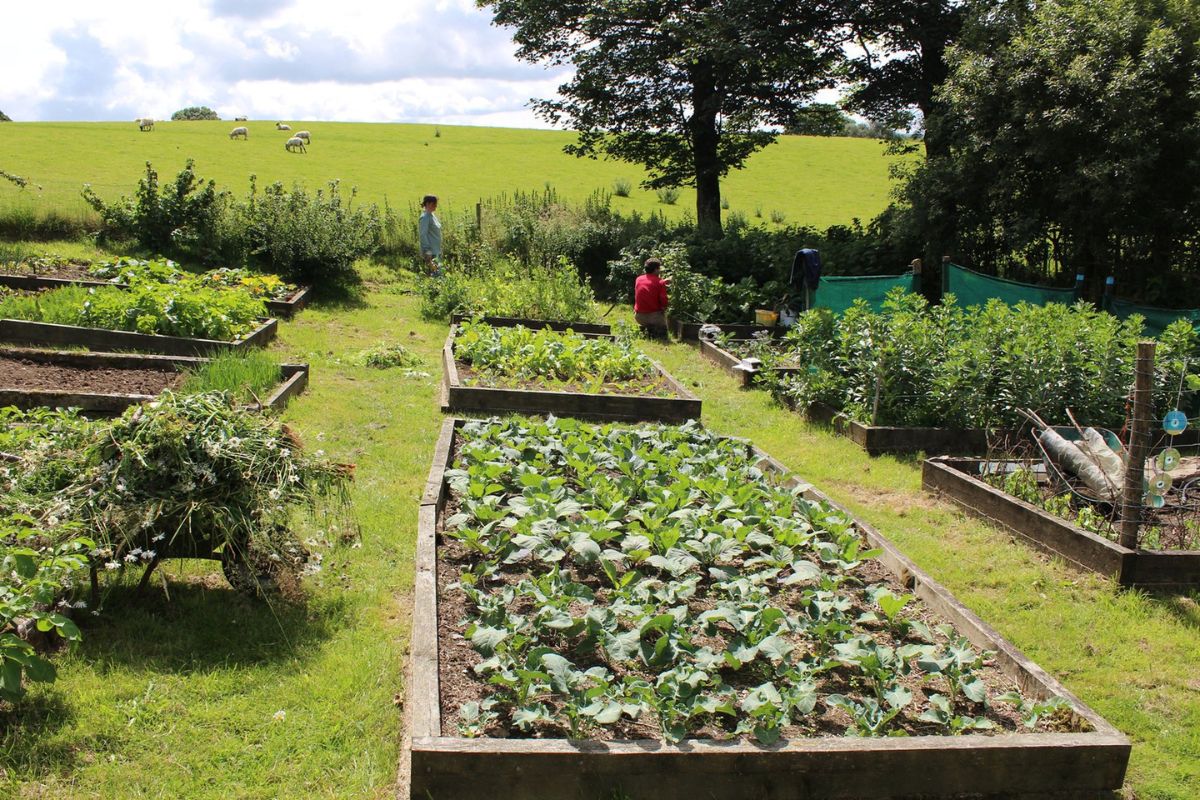
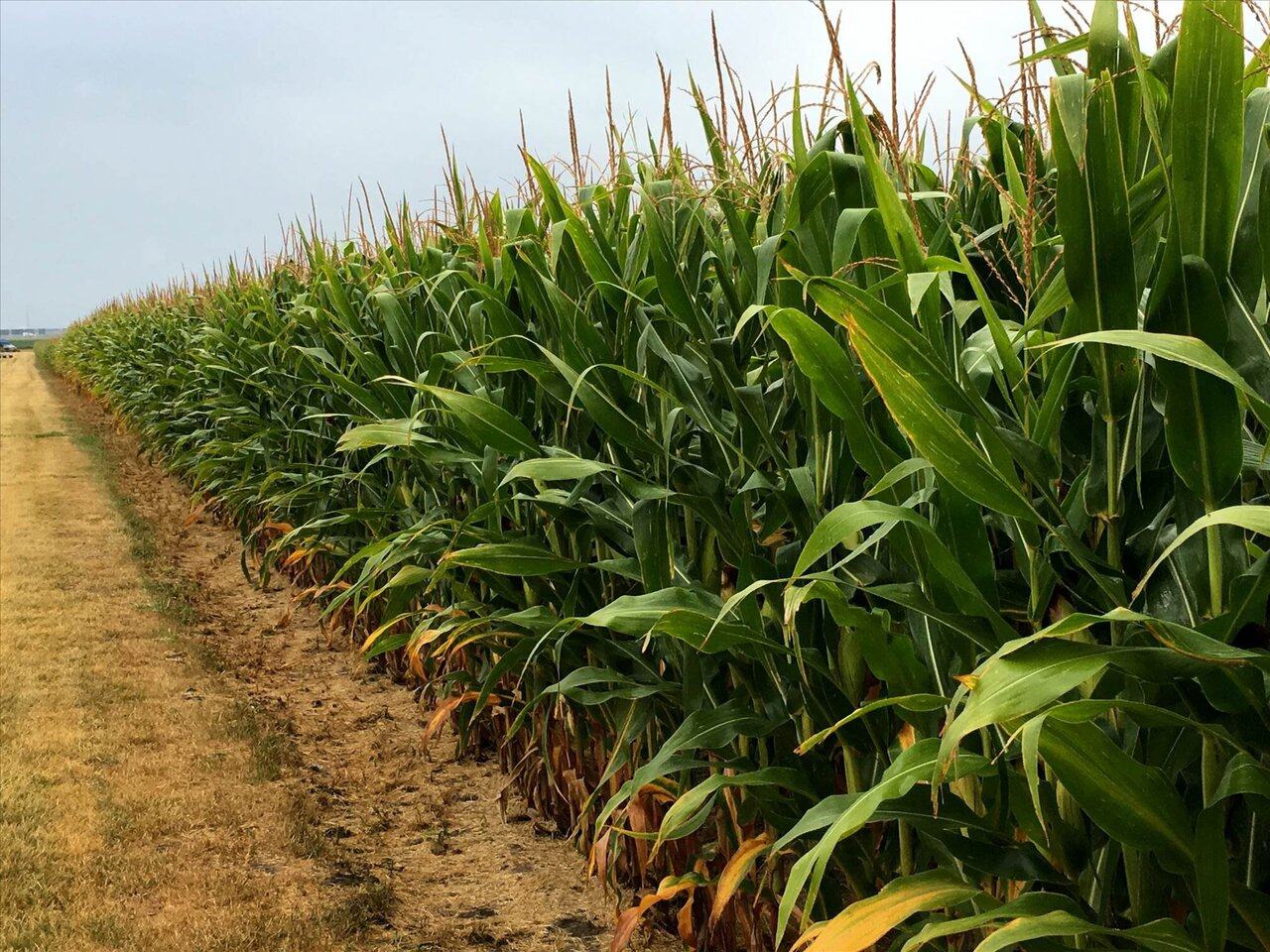
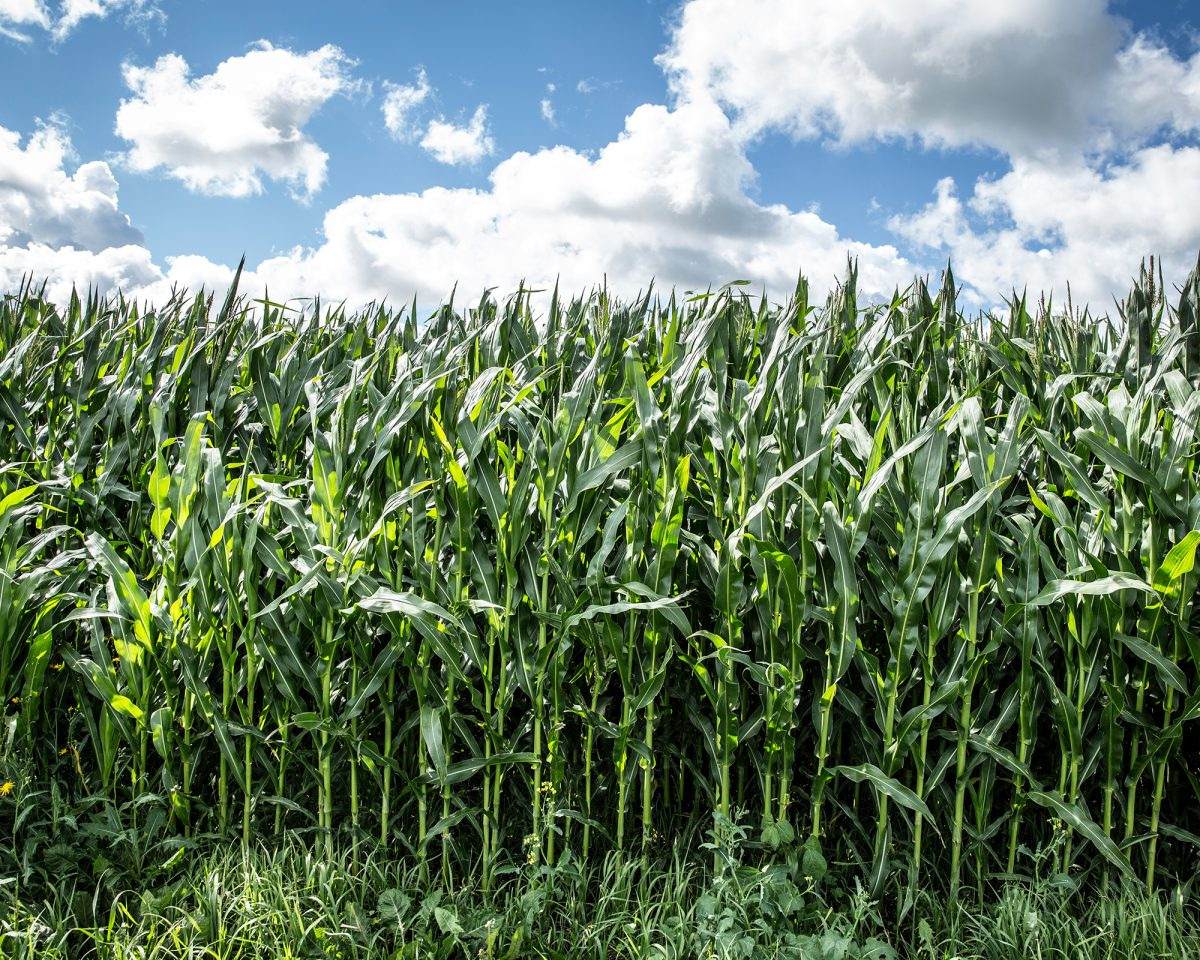
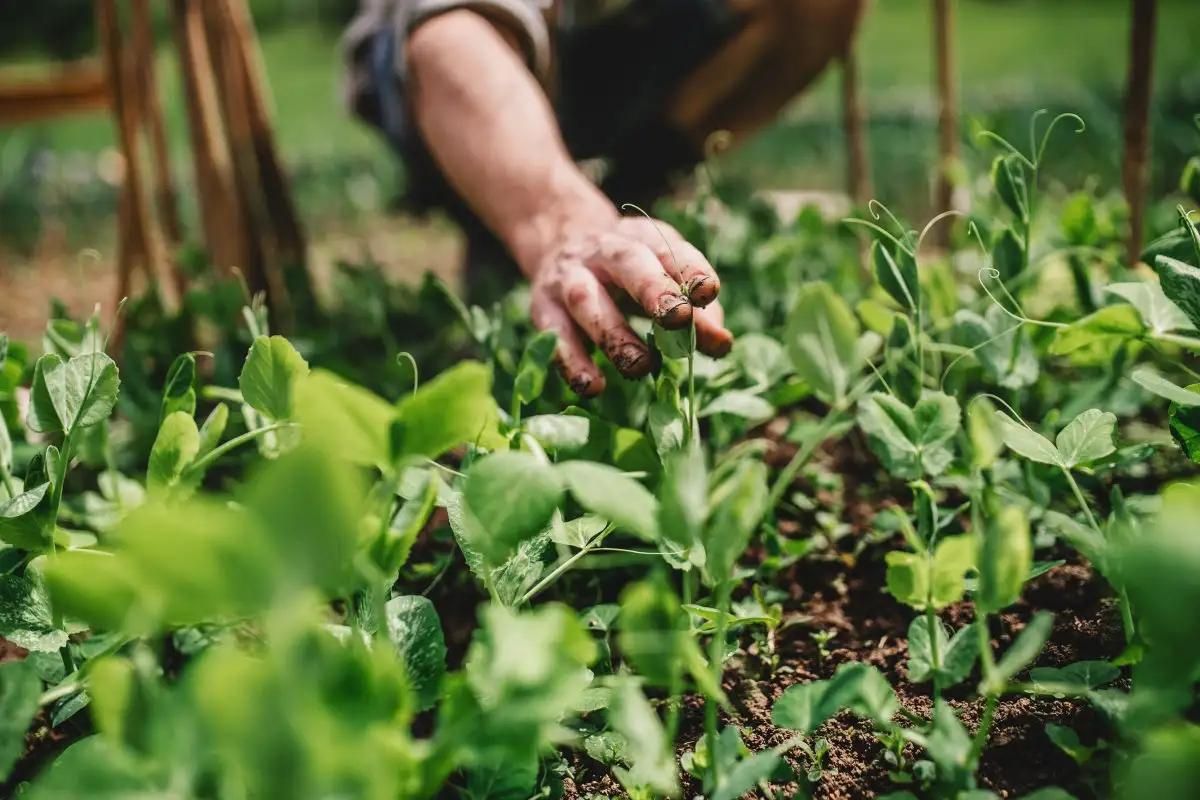
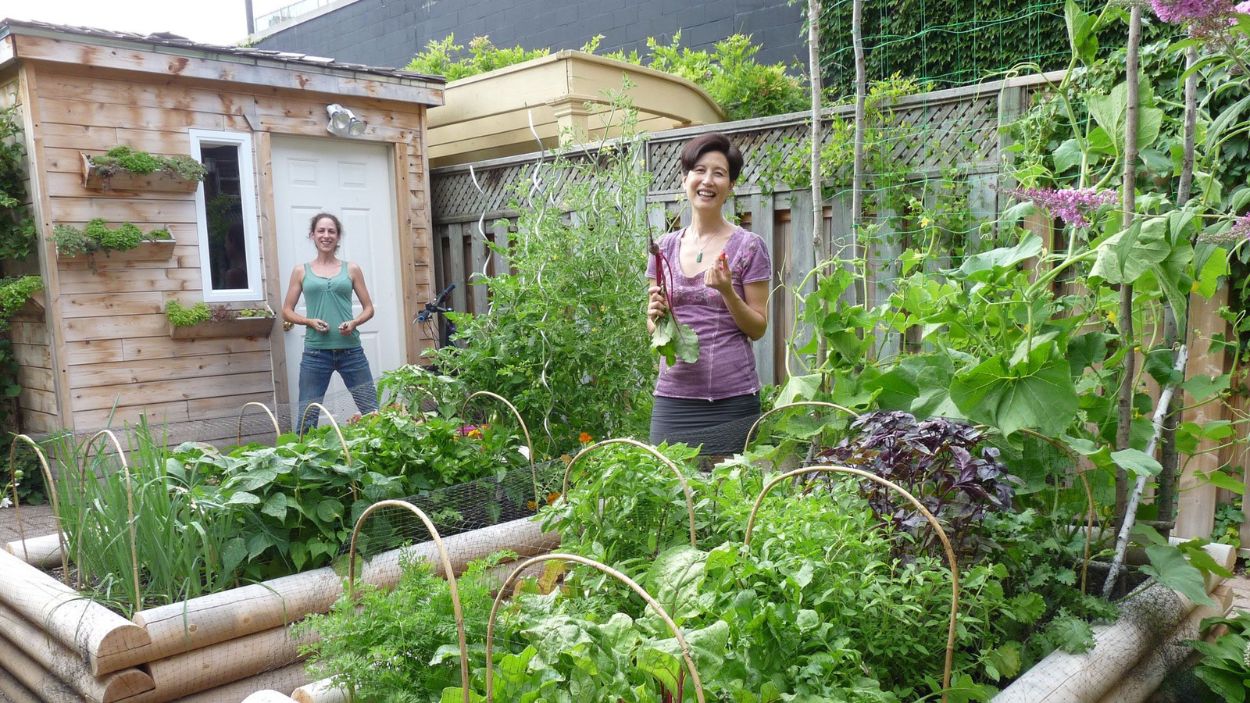

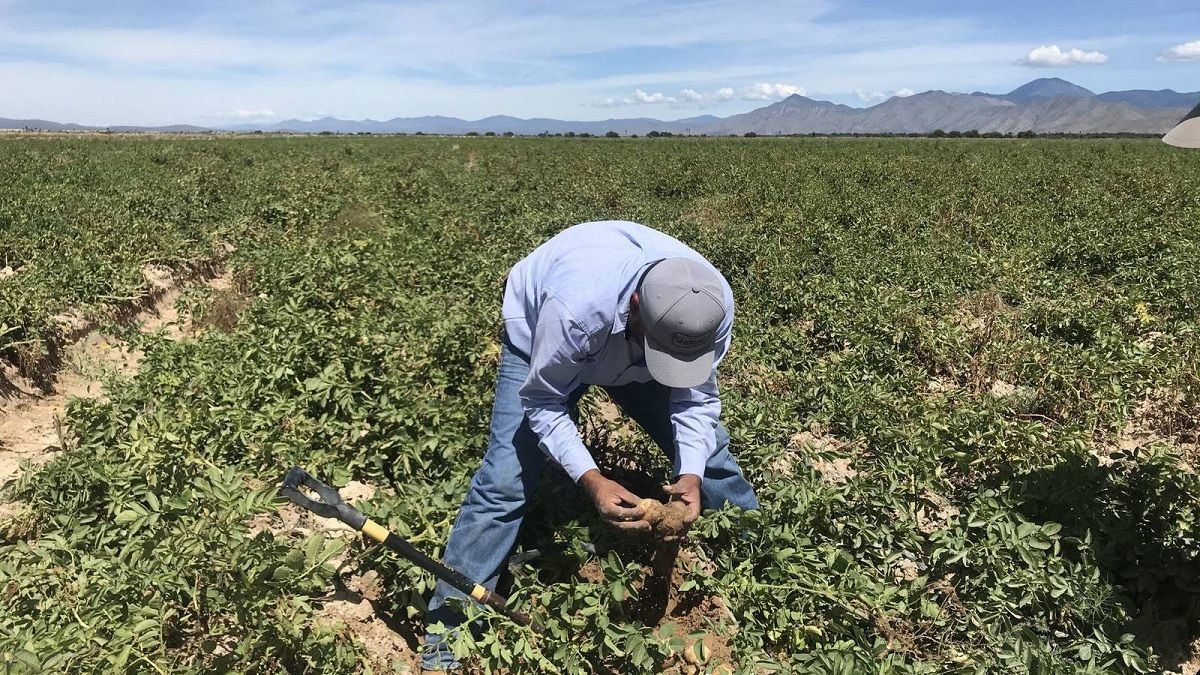
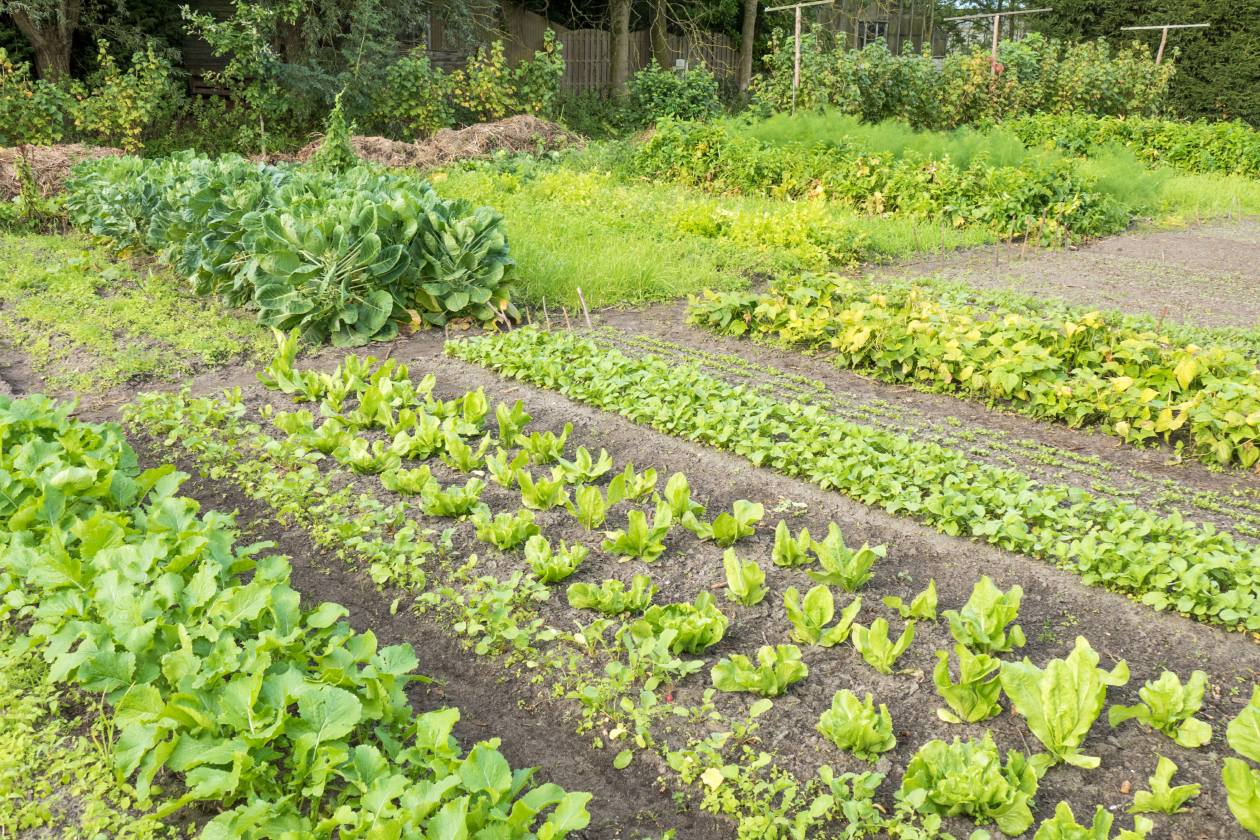
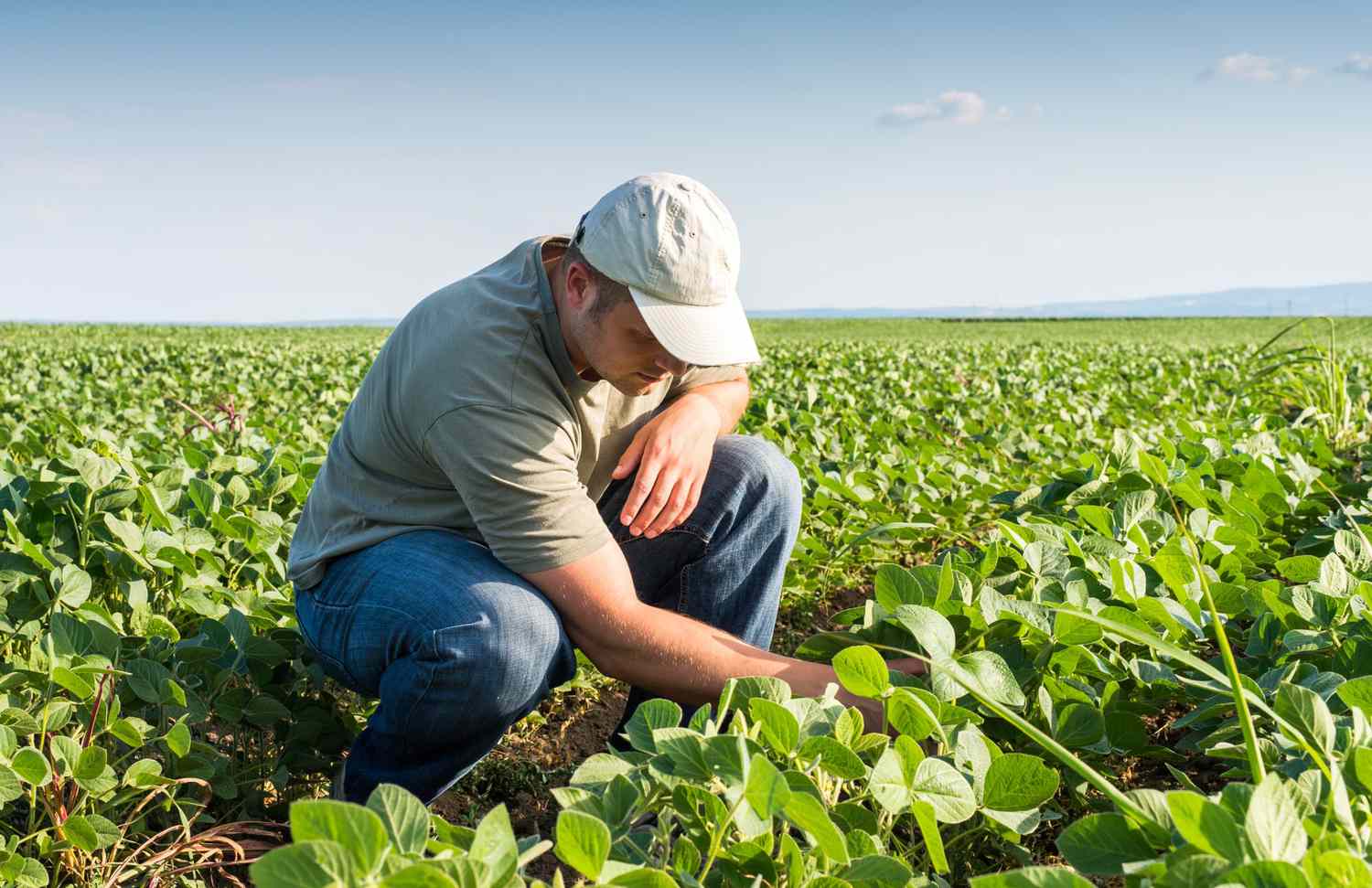

0 thoughts on “What Are The Advantages Of Intercropping And Crop Rotation”